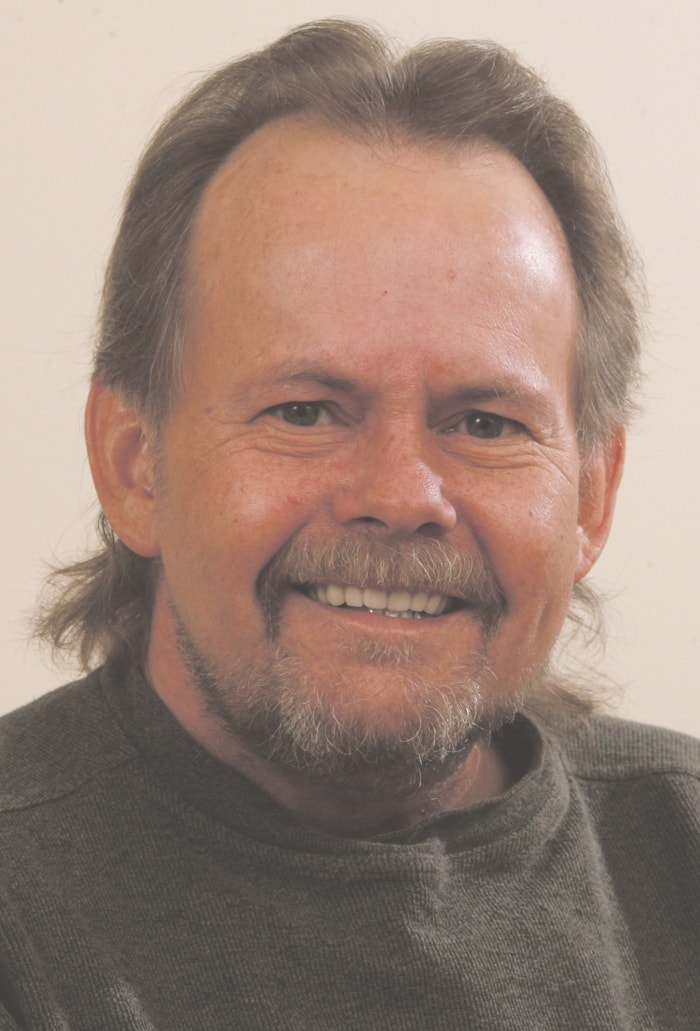How can we best describe the shooters who opened fire recently on birds and other pond-dwelling creatures in a Nature Conservancy of Canada property east of Pine Lake?
How about: ‘If their brains were gunpowder, they wouldn’t have enough to blow their noses.’
Area biologist Myrna Pearman came across the results of the shooting spree last week while checking bluebird nesting boxes in the area.
The wetlands are set aside by the federal government under its conservancy program to protect wildlife habitat.
Pearman found a muskrat, baby terns and a coot all slaughtered. And that’s just what she observed from the shore.
She also found 80 spent shotgun shells, three high-powered rifle casings and two dozen spent .22-calibre casings.
“I just couldn’t bear to launch the kayaks (her team was carrying), so we just walked up and down the ditch,” said Pearman, operations manager of the Ellis Bird Farm east of Blackfalds. “We dragged out the two baby terms, which are protected migratory birds. And we found the muskrat.” There were also dead birds floating beyond their reach.
Given the amount of spent gun casings found, those responsible spent some time blasting away. It would have been like shooting fish in a barrel.
For the most part, these water-dwelling creatures show little fear of humans, because the habitat is protected.
In fact, the area is protected under provincial and federal legislation.
Such federal conservancy areas are gems of nature, where the public, especially children, can observe undisturbed nature at its finest. It can be a wonderful learning experience — unless some idiot blows it apart.
“I’m just very upset people would be so irresponsible and so heartless,” said Pearman of the shootings.
She reported the incident to Alberta’s Report a Poacher program, which, much like Crime Stoppers, allows the public to report possible infractions in confidence. An investigation has been launched by the government.
Ken Kranrod of the Report a Poacher program said the public typically thinks poaching is all about hunting without a licence, or killing more animals than allowed. But legislation also includes abandoning, destroying or wasting animals.
“Definitely in this case, whoever did this, by essentially shooting and wasting these animals, that’s poaching,” said Kranrod. “It’s a really ugly thing that happens.”
It’s impossible to fathom what joy people experience in blasting away at peaceful, harmless creatures.
This isn’t the first time Pearman has come across such moronic behaviour at an local wetlands area. In June 2012, she was shocked to discover that a number of water birds were used as target practice in an area near Red Deer frequented by bird watchers and naturalists. Empty beer cans were found nearby.
Particularly heartbreaking was the disappearance of a family of protected migratory birds known as eared grebes.
Pearman had been photographing this rare species from the time of hatching, until the youngsters were old enough to take tours around the pond, safely riding on the backs of their parents.
Pearman imagined the worst. “I’m resigned to the fact they also shot them. ... These are innocent parents feeding their babes and these are an uncommon species, especially the grebes.”
There we no arrests in the 2012 incident.
But it’s not too late.
Provincial budget cuts have dramatically reduced the number of wildlife officers on patrol. Report a Poacher was established to fill that void, urging the public to be vigilant and report any suspicious activities. The phone number is 1-800-642-3800.
If you know anything about either of these crimes, you should speak up. No good can come from condoning the deadly mix of stupidity and firearms use.
Rick Zemanek is a retired Advocate editor.
